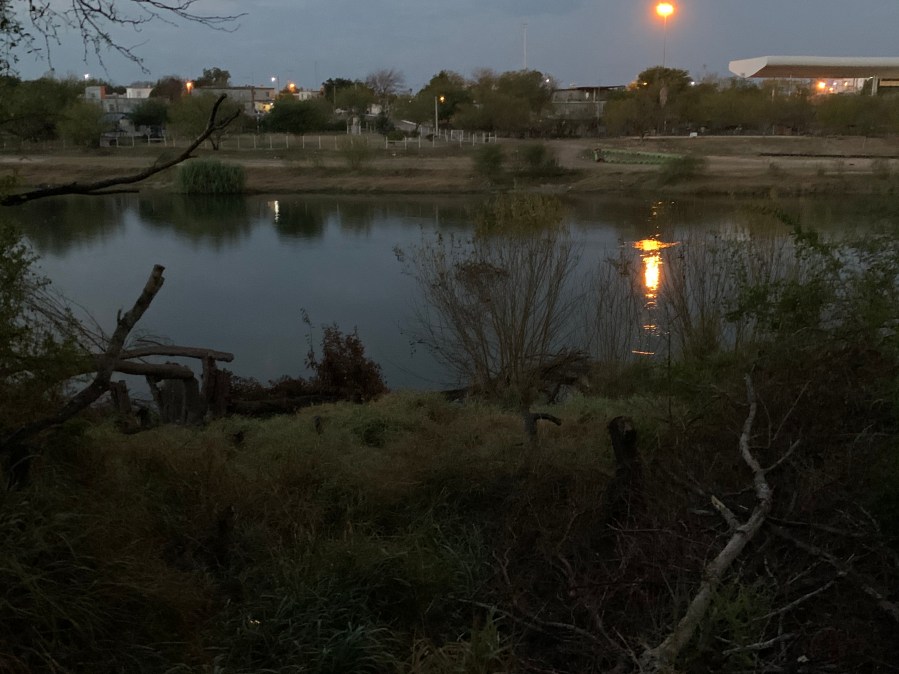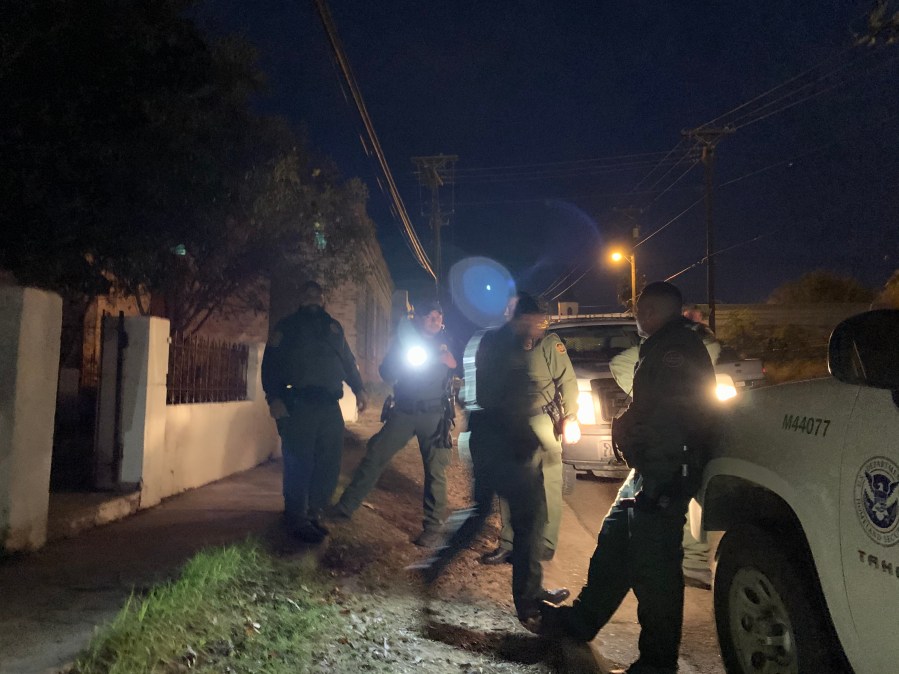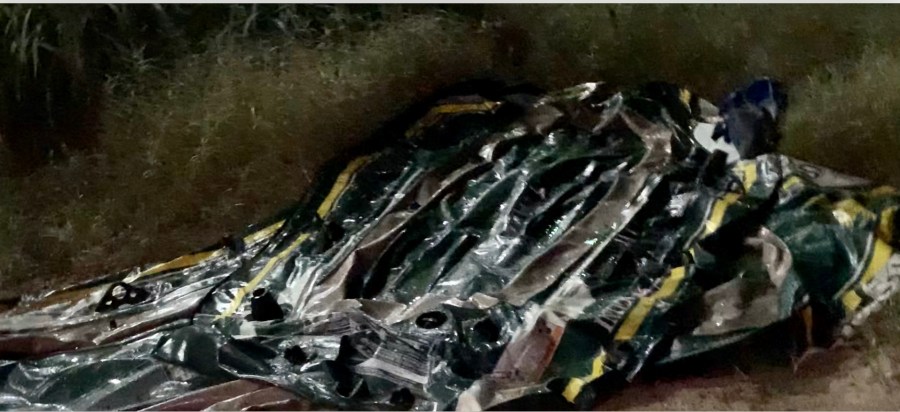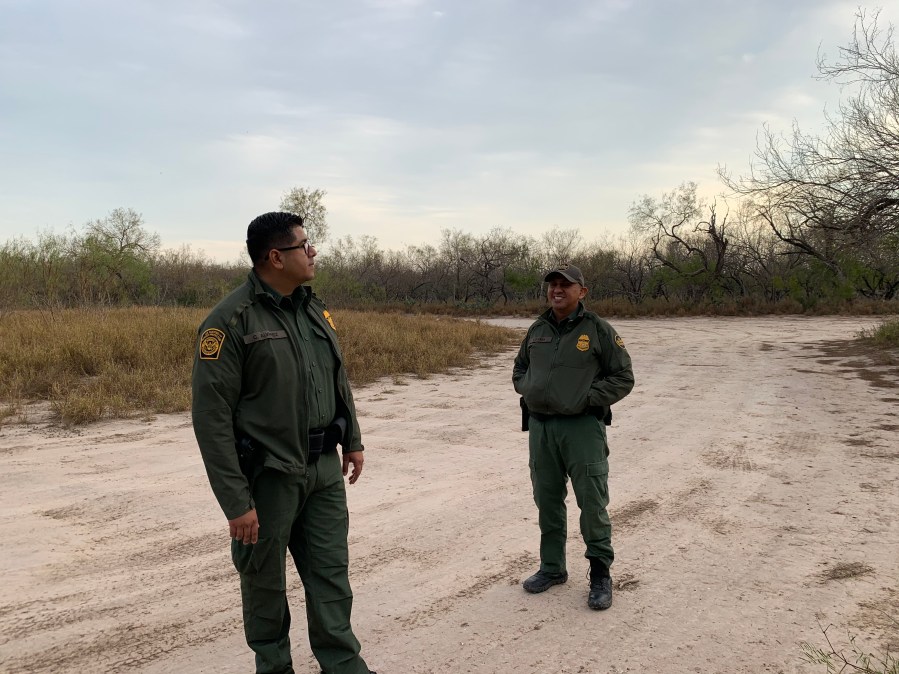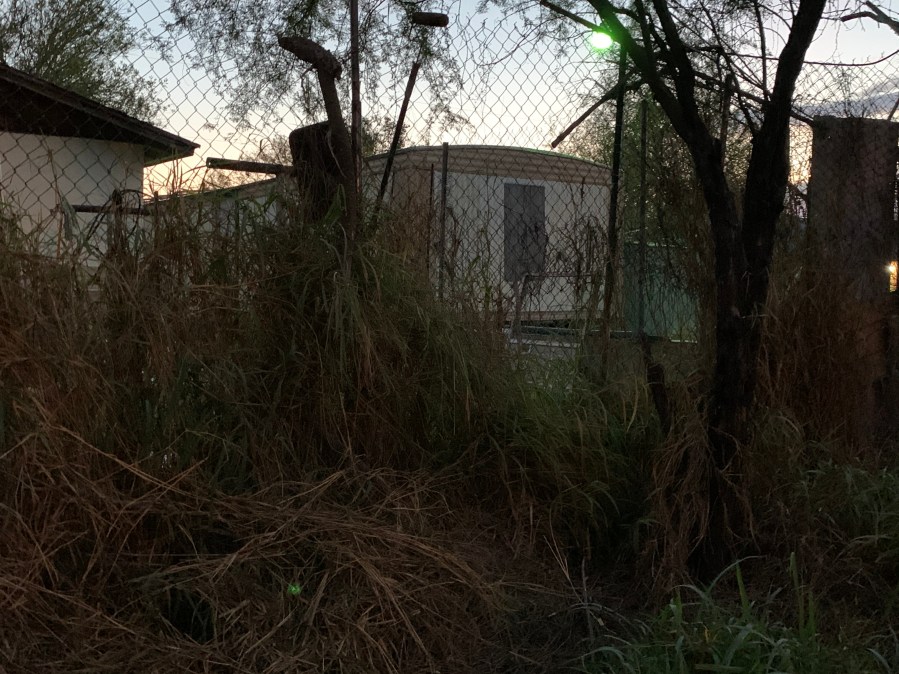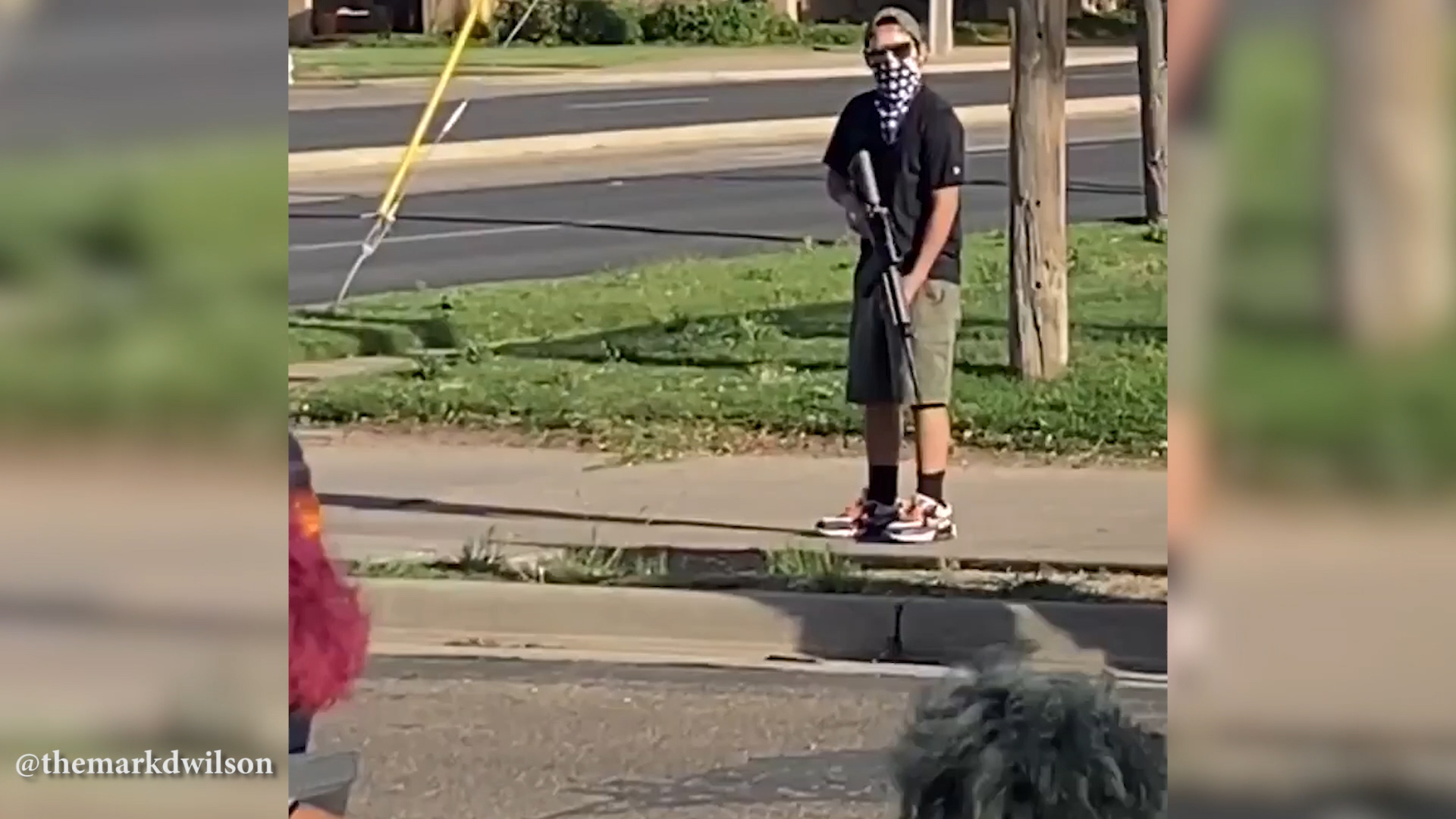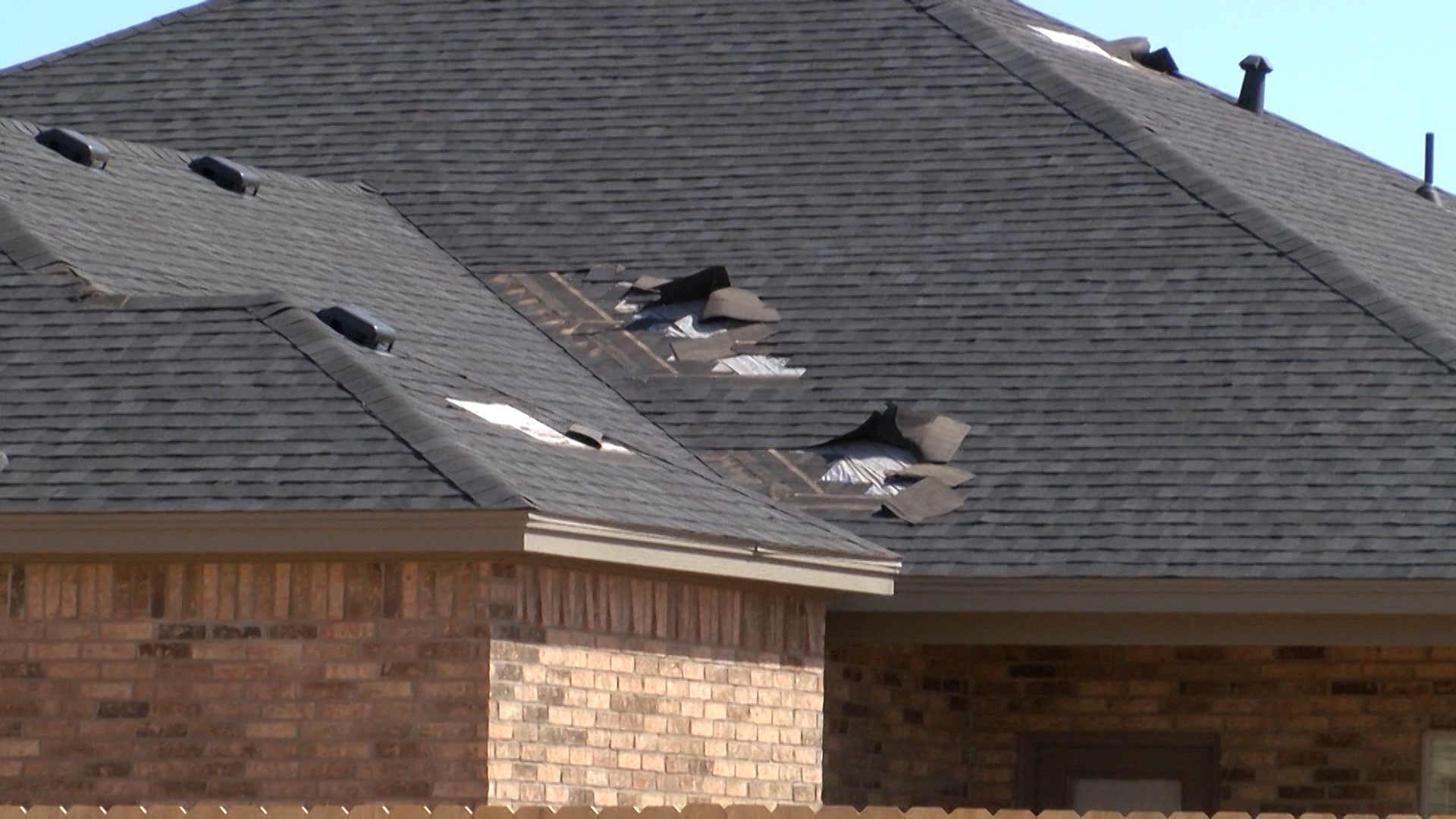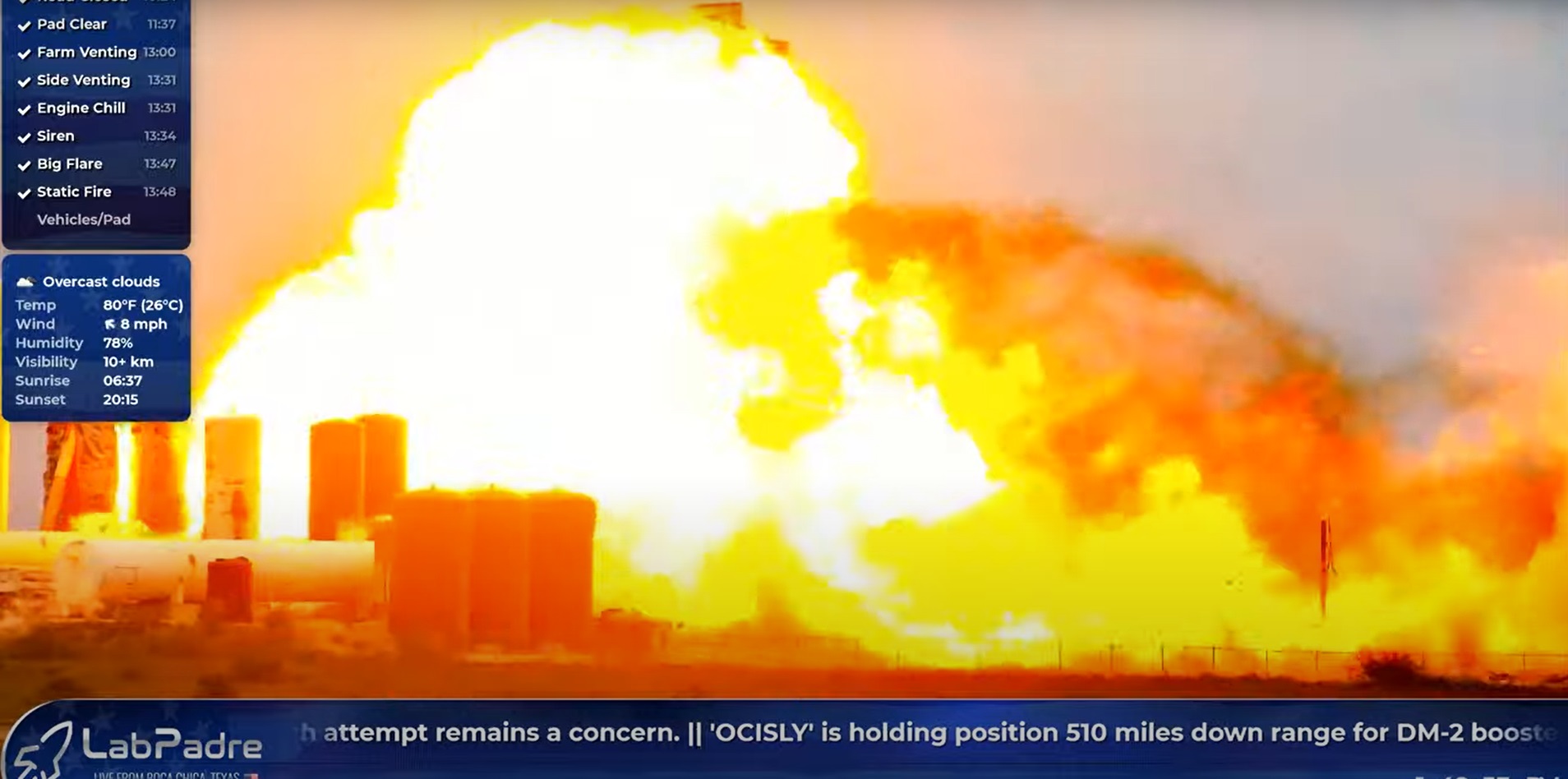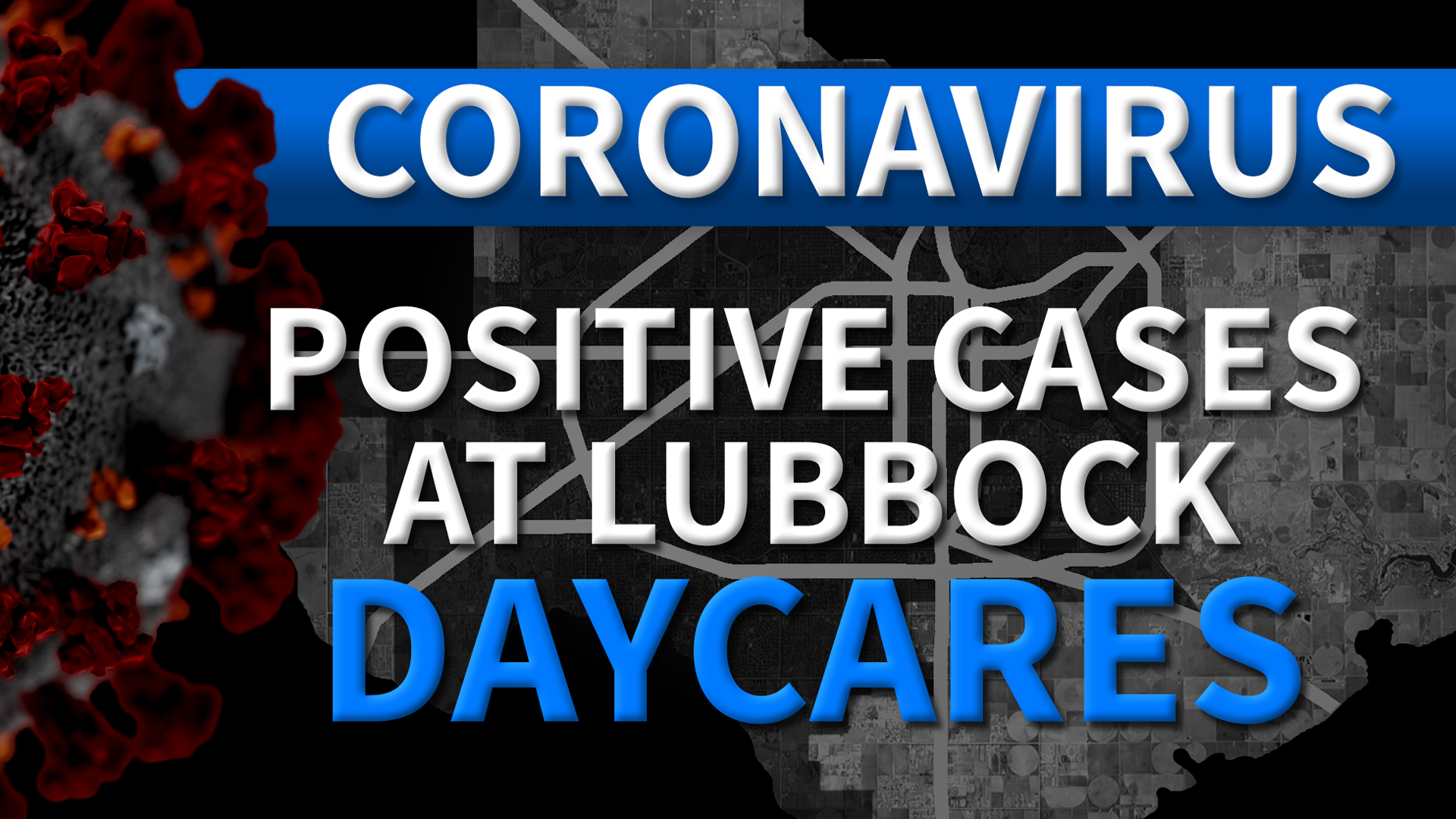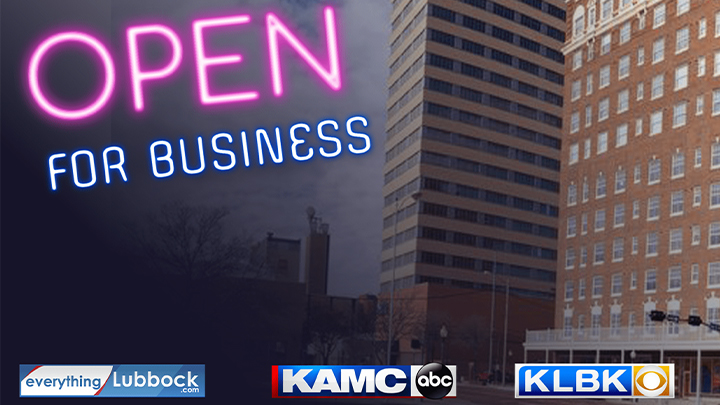ROMA, Texas (Border Report) — Dirty and sweating profusely, Victor Hernandez sat on the front stoop of a house surrounded by U.S. Border Patrol agents recently in this rural Starr County town.
The 32-year-old from El Salvador led agents on an unsuccessful chase after sprinting from the Rio Grande on Thursday. He ran on the rooftops of homes and through bushes, he told Border Report moments after he was caught in the pre-dawn hours.
The Border Patrol agents also were huffing and puffing as they asked Hernandez questions and recounted the chase.
Hernandez admitted this was the second time he had been caught in a few months trying to cross into the United States illegally from Mexico. He said that his entire family — his father, sister and children — live in the United States and he wants to join them.
“I ain’t got nothing en mi pais (in my country)” Hernandez said.
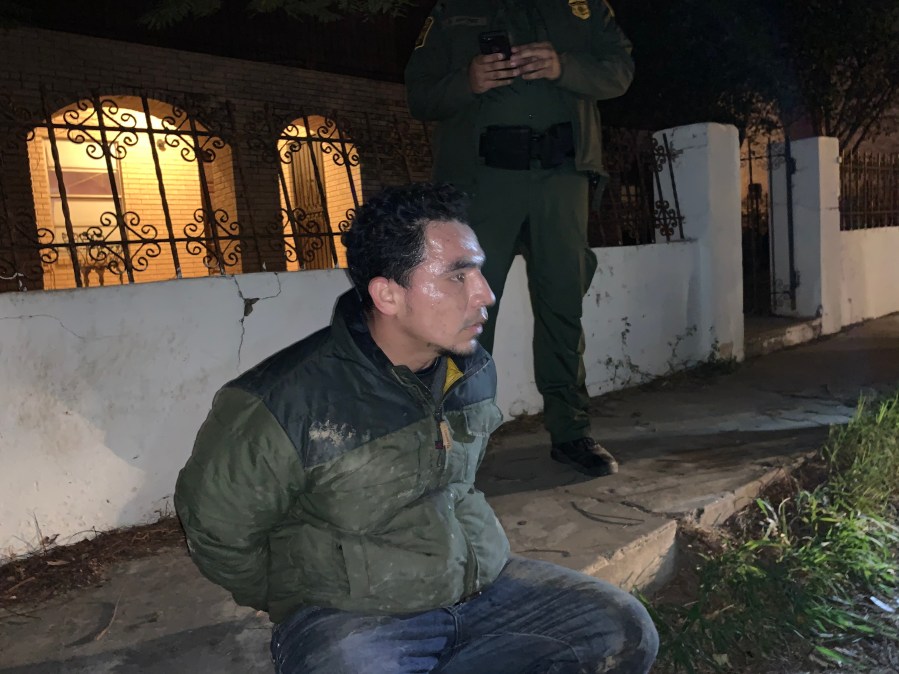
“It took me a month to get here and it was very difficult but I couldn’t make it,” he said breathlessly in Spanish. “I ran on top of the houses and through the bushes. It was very difficult but they caught me. I tried.”
Although he knew that deportation was eminent — especially since he has twice tried to cross illegally into the United States — Hernandez appeared jovial and smiling with the Border Patrol agents. Likewise, the agents showed no animosity toward him and repeatedly asked if he was OK and about his health and well being and whether he needed anything before they loaded him into a transport vehicle.
The scenario is one that plays out here daily, Border Patrol Agent Brian Martinez said. It’s one of cat-and-mouse in this hilly terrain in this rural part of South Texas.
This area, part of the Rio Grande City Border Patrol Station, which is part of the Rio Grande Valley Sector, has the highest number of arrests for narcotics and marijuana in the entire nation. That’s partly because drug runners know that if they can make it across the river and quickly up the banks of the Rio Grande, there are plenty of places to hide.
Small houses with easy to scale fences, and many times no fences, are just feet from the Rio Grande in Roma, providing many places for migrants to hide themselves and their stash, Martinez said. Oftentimes, they wait until others from their group pick them up, or they will attempt another run to a pre-determined rendezvous location.
Agents in this part of the Southwest border do a lot of chasing, Martinez said.
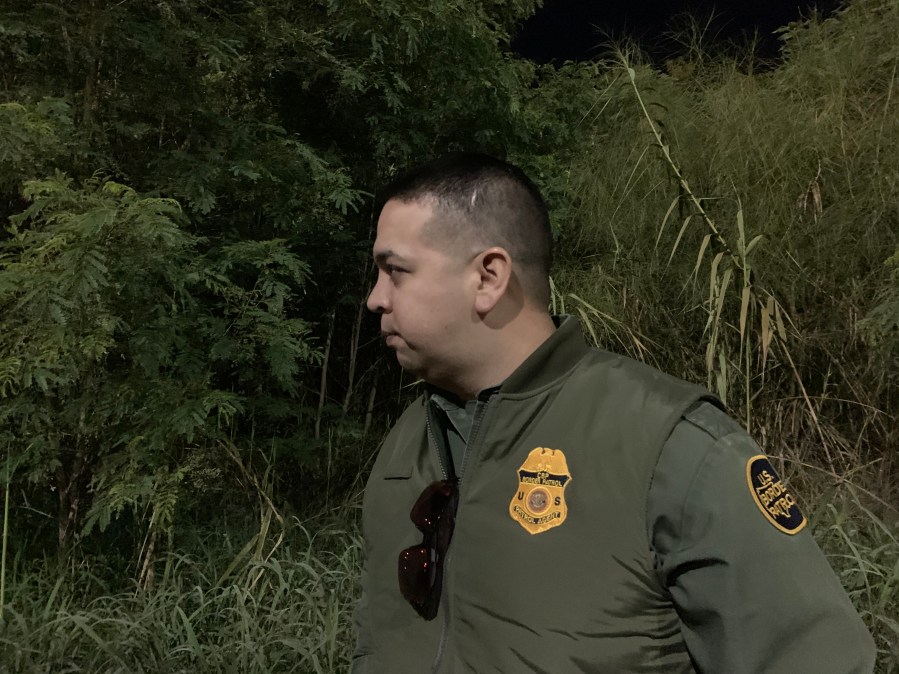
Sometimes, wild dogs that roam city streets chase them, and other times, they twist an ankle as they hoist themselves over rickety fences and land in uncertain and unstable terrain.
“The minute you leave your area, traffic starts coming up and that’s exactly what happened,” Martinez said describing Hernandez’ foiled sprint. “We had an agent parked over here,” he said pointing to an area, “and people started running up the street. He called it out and everybody (other agents) showed up.”
Their shifts are often very physical and full of the unknown.
“There will be times they come up this way; you have to start from the bottom, run up to the top, traverse through backyards. Over here in Roma, you have a lot of hills,” said Martinez, who has worked in the Rio Grande Valley Sector’s Rio Grande City Station for the past five years. “There’s times they’ll jump into somebody’s backyard and you don’t know what you are going to find.”
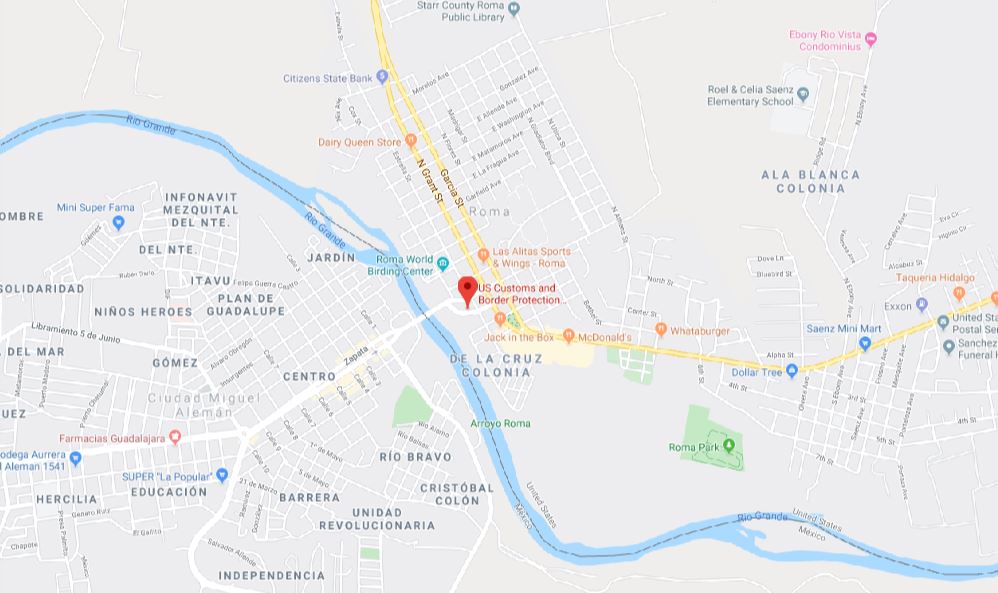
A popular entry point is a dirt embankment that overlooks the Roma Port of Entry, where deserted plastic rafts litter the dirt trails, evidence left behind of those who crossed the river illegally, Martinez said.
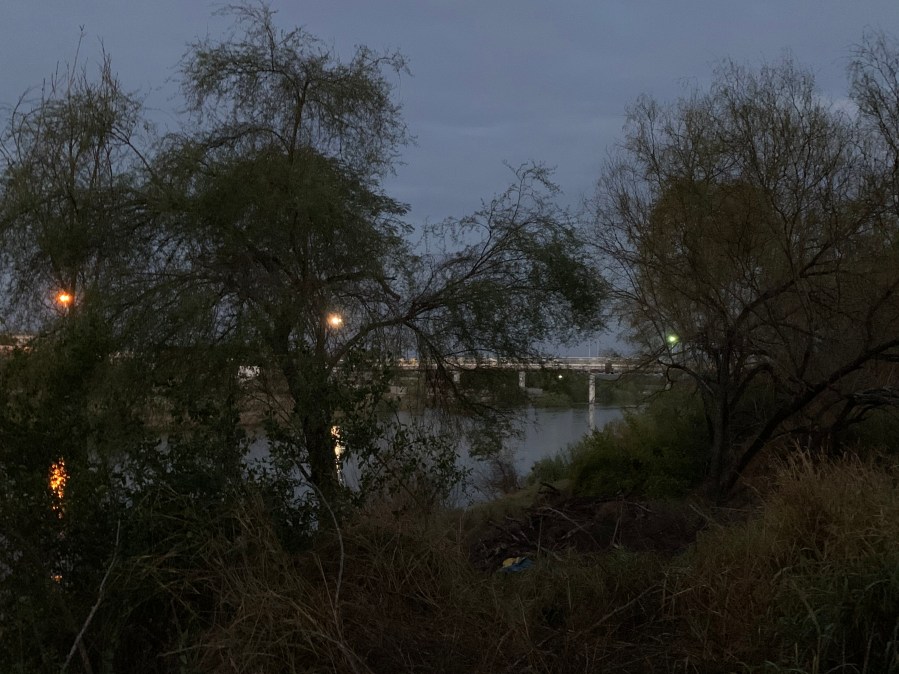
Almost daily, Border Patrol sends out news releases detailing the bundles and pounds of narcotics agents confiscate from this area.
This includes: 880 pounds, or $705,000 worth of marijuana on Sunday in nearby Garceno; $127,000 worth of marijuana taken on Dec. 29, in Roma; $400,000 worth of marijuana confiscated on the Roma International Bridge on Dec. 18; and 100 pounds of methamphetamine on Dec. 4 in Roma.
“The Rio Grande City AOR (Area of Responsibility) is the No. 1 in the nation for narcotics,” Martinez said.
Agents are aided by camera towers and work in conjunction with local law enforcement agencies. Tethered Aerostats, blimp-like camera surveillance devices, also can be seen hovering overhead, which provide real-time data and location on suspects to agents in the fields.
But Thursday was foggy, and on mornings like these, the Aerostats don’t fly, Martinez said. That’s when boots on the ground are the primary resistance against the forces that would cross illegally, he said.
Martinez added that he and other agents advocate for a border wall to be built around Roma “so they don’t have that free access to just come across and get in someone’s backyard and hide for a pick-up. The infrastructure will hold them back and give us the time to get from one side of the AOR to the other.”
As Martinez spoke, the sun came up and he drove past the same stoop where Hernandez had been arrested an hour earlier. That stoop now was full of children and their parents waiting for a school bus.
